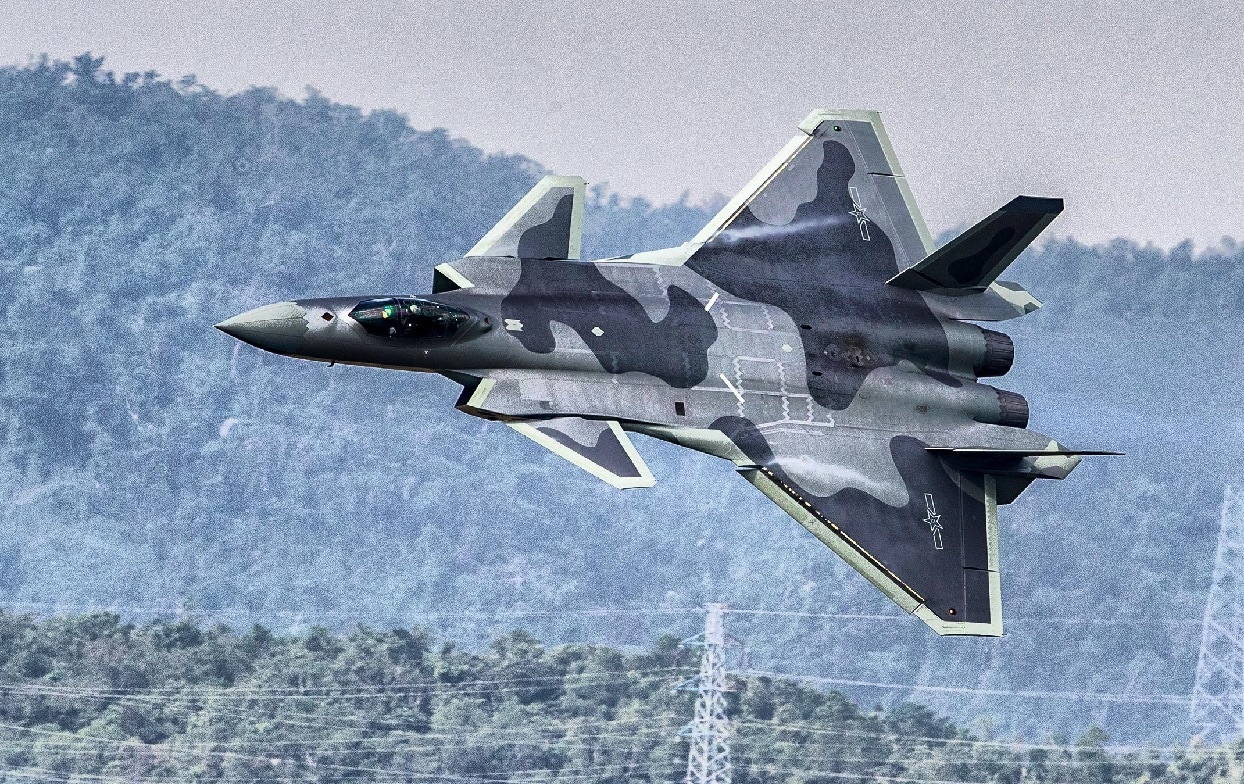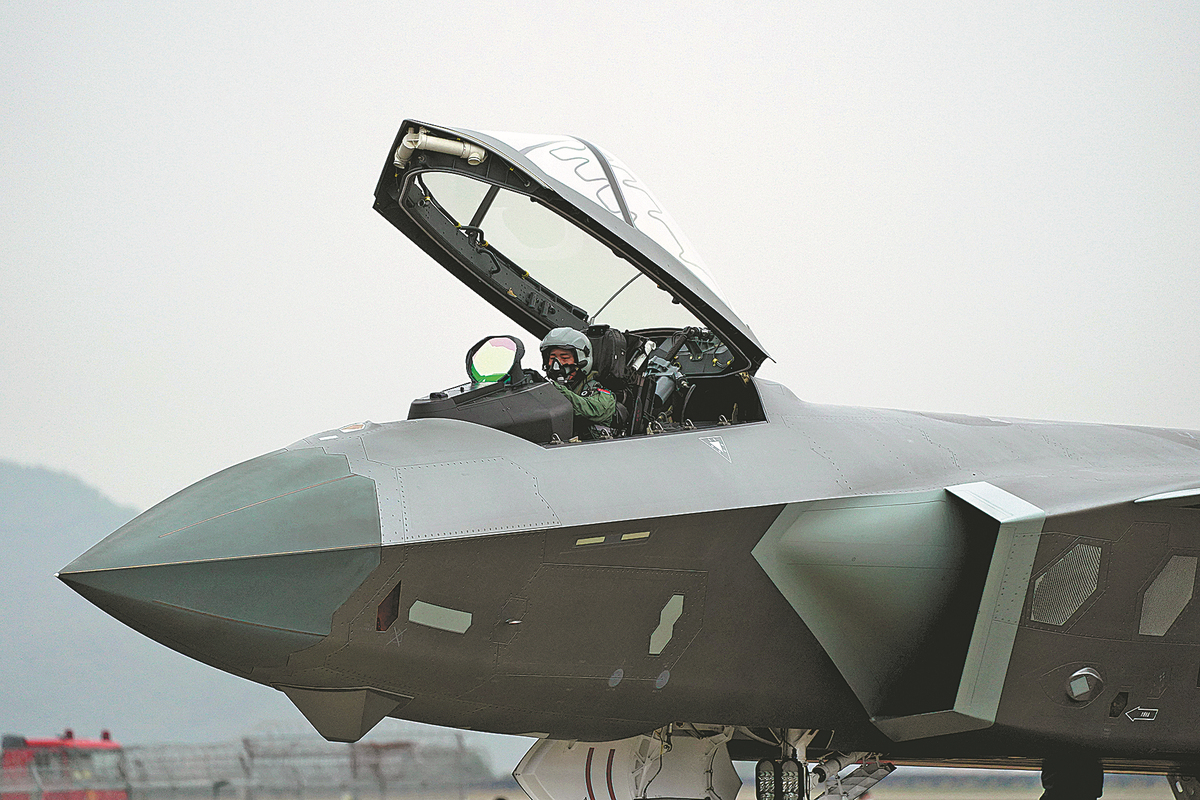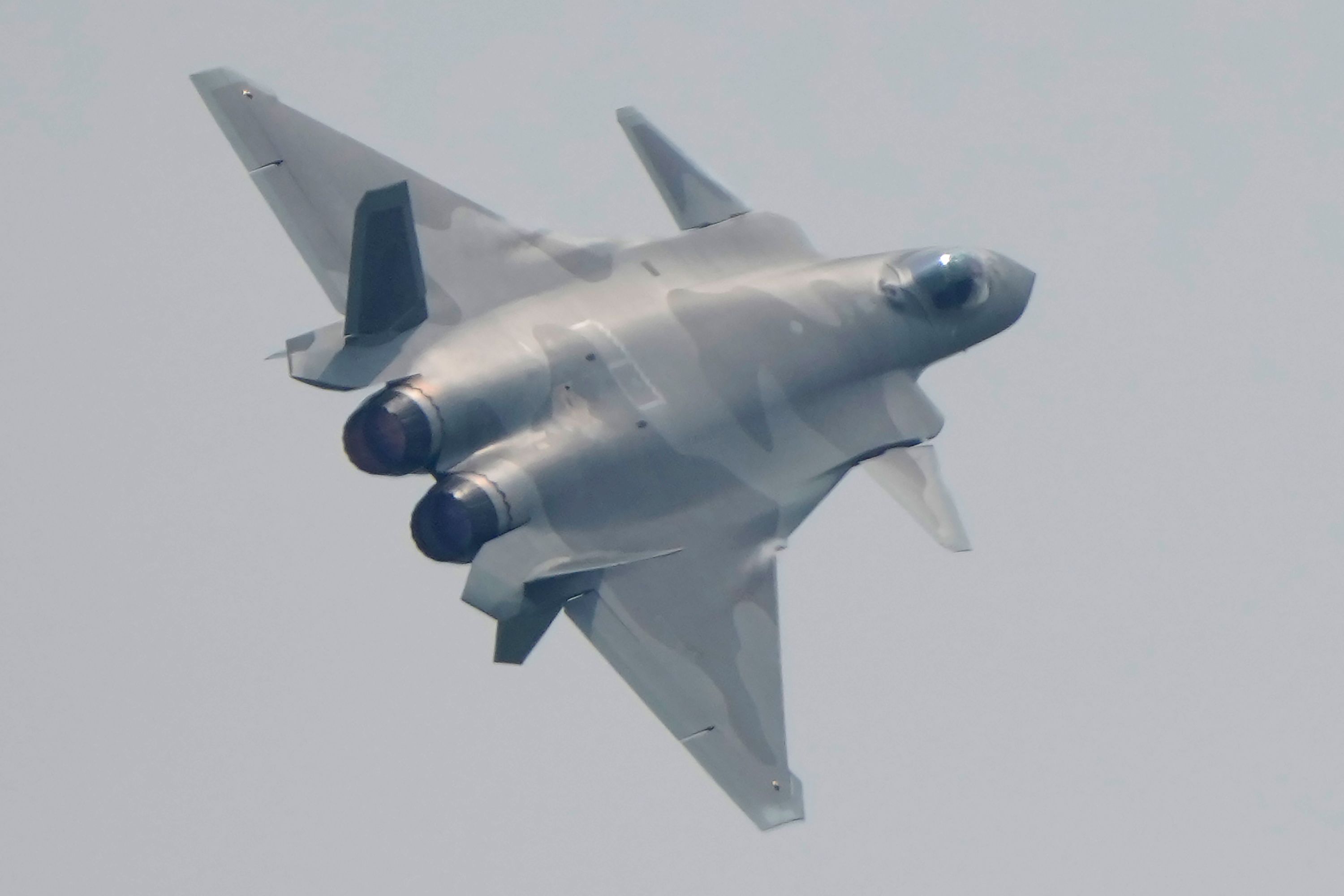China J20 Fighter - China has a long history of borrowing (or stealing) designs, technology and even entire aircraft from its rivals, and the evidence shows that the country's debut stealth aircraft, the Chengdu J-20 Mighty Dragon, is no exception.
The J-20 is the world's first non-American stealth vehicle to enter service, effectively ending Sam's 34-year monopoly on low-altitude surveillance dating all the way back to 1983. When the J-20 entered service, many in both. United States of America
China J20 Fighter

Russia accuses the People's Republic of China of stealing its stealth plane intended to speed up its aircraft.
China's New J 20 \
Like other 5th generation entries. It won't be though because the J-20 is a full-fledged design. Maybe it's because of the J-20
China's rapid and modern military expansion has resulted from enormous financial and political efforts. The country's military, once plagued by conflict and corruption, has become one of - if not - the main force in the Pacific, with more than 770 ships and a growing number of electronic equipment, most of them dedicated. to defend its claim to control over the entire South China Sea. This change is not without its challenges, but there is no denying that China has gone through a lot of rhetoric in a short period of time.
And if you take a closer look at China's defense system, it's clear that its progress is accelerating, thanks in no small part to a massive surveillance apparatus that has become weakly pressured to consider confidential information from anyone, including clients and friends. . Few fields better illustrate this stealth progression button than the Chinese Air Force.
As a brief example, China's Chengdu J-10 is straight from the intelligence that China bought from Israel in the 1980s for the defunct Lavi fighter jet, which is based on the US F-16.
Can China Call Its J 20 Stealth Fighter 5th Generation?
The Chinese Shenyang J-11 and later the J-16 are both based on the Soviet Su-27 production line that China bought in 1989. The Soviets did not want to sell to China, but their finances disappointed them when time forced them.
The Shenyang J-15, China's current fighter jet, is also based on the Russian platform - the Su-33, but they have not received from Russia. When Moscow refused to provide plans for the plane to the Chinese government, Beijing only bought a model of the fighter from Ukraine (known as the T-10K-3) and backed it up a bit.
There are of course other examples, including examples from other industries. China has long understood that in order to compete with and ultimately achieve the most capable military in the world, it must rapidly develop capabilities. The most effective way to do that, whether we're talking about attacking the raiding party or designing the best firefighter, is not to start from scratch. It's stealing anything you can get your hands on.
The Chengdu J-20 Mighty Dragon is China's first 5-generation fighter, with roots in the country's J-XX program that began in the early 1990s. In 2008, approximately 11 years after the first flight of the F-22 Raptor, the Chengdu Project 718 was selected to continue as the basis for the country's first fighter, although the selected model would undergo a major upgrade in 2014 before being declared "combat ready". . and put into production in 2017.
Th J 20 Stealth Fighter Rolls Out, More To Soon Follow
The single-seat, twin-engine fighter has a wingspan of over 42 feet, just the F-22's 44 inches, and an overall length of 69 feet, 7 inches, more than the F-22's 62 inches. The Chinese have launched attacks from the plane's 5th generation engines, called WS-15s, which are expected to produce about 44,000 pounds of thrust each. As a result, today's J-20s, which fly with Russian AL-31s, can produce 33,000 pounds of thrust each, or more than their current counterpart, the Chinese-owned WS-10C.
The aircraft's maximum speed is measured as Mach 2, with a combat range of 1,100 nautical miles and a service ceiling of 66,000 feet. It can carry four medium- or long-range missiles in its main payload bay, along with two additional short-range air-to-air missiles in smaller secondary bays on either side of the fuselage.
The J-20 is often compared to the superior US Air Force F-22 Raptor, but technically it was designed for a different role. While the Raptor was always intended for air combat, the J-20 was originally intended to fly deep into enemy territory to attack ground targets, just like the F-35. However, China has since devoted more energy and resources to closing the air defense gap, incorporating new systems such as control vectoring into the platform's latest upgrade to make it a more powerful dogfighter.
Although the Soviet Union fell in 1991, Russia continued to work on matching the US-developed F-22 Raptor air combat throughout the decade. When Sukhoi's PAK FA finally prevailed, leading to the Su-57 Felon, the Russians considered at least two capable stealth aircraft designs, including the forward-swept Su-47 Berkut, and the Mikoyan MFI program MiG 1.44 model (intended to appear in the MiG 1.42 production fighter).
Chengdu J 20
The MiG 1.44 appeared to the world in 1999, but really began to develop in the 1980s. By 1994, the MiG 1.44 prototype was conducting ground tests, but Mikoyan's financial problems at the time prevented further development of the program. It will go on air in February 2000.
Although unlike the rear wing of the Su-47, the MiG 1.44 was also modified from the Russian fighter model by adding canards in front of the rear wing, creating a similar appearance to China's Mighty Dragon Tuam. And don't think for a second that Russia hasn't seen something similar.
In October 2016, China unveiled the J-20 at the Zhuhai Air Show in Beijing, and within days Russian state media called Chengdu out. One of the most quoted words in the early days was from the deputy editor of Russia's "Arsenal of the Fatherland" magazine, Dmitry Drozdenko:

"In my opinion, the plane is based on the Russian MiG 1.44. The plane was designed to compete with the PAK FA at the initial stage of development and to be its fighter jet in 2000," he said on Sputnik radio. "Chinese planes are similar. Although not yet announced, the J-20 uses three AL-31F engines, designed by Salut, which the Chinese bought for half a million dollars. "
China's J 20 Fighters Begin South China Sea Patrols
"In China, no doubt, they can copy the best types of military equipment. They know how. But we must remember that a copy is always worse than the original," Litovkin wrote. "The comparison of the Chinese J-20 with the domestic MiG 1.44 is natural. The appearance of the two aircraft is similar. As for the internal layout, the question arises. The equipment and equipment can be used. How much is copied?
But the Russians are not the only ones who remember. Douglas Barrie, an air warfare expert at the International Institute of Strategic Studies in London, also noted the similarities between the J-20 and the MiG 1.44 at the time.
"The rear end of the J-20 looks like a 1.44, just like all models with delta canards," he said. "If it's an accident, it's an attack." Russia may have provided support, but there is nothing serious to prove it. However, China has relied on Russia for many of its defense products for a decade and a half. "
Mikoyan has refused to provide any support for China's stealth aircraft development long before the J-20 was announced. After some pictures of the new fighter appeared in China in 2010, the Russian company went on the offensive, telling many Russian outlets that they "don't send any products to China, and certainly not." Of course, that statement is patently false. Mikoyan has officially sold parts, components and complete MiG-21s to China for use as the Chengdu J-7 years ago.
China Unveils More Capable Stealth Fighter Prototype
And Mikoyan's financial struggles in the 1990s, which eventually led to a change in management before the MiG 1.44 was released to the public in 1999, may have set the stage for changes to the design. If the company is hurting for money, China will be the place to start looking for some, especially after the MiG 1.44 is gone.
In August 2011, Thomas Grove interviewed an unnamed Russian defense industry source for Reuters, who said that Mikoyan had indeed helped develop the J-20 jet, although it is not clear whether it was legal.
"It appears that they have access ... to information about the Mikoyan - the aircraft that the Ministry of Defense deployed in its attempt to develop a stealth aircraft," he said. .

Although the J-20 and MiG 1.44 are similar, there are still many differences. However, it will not show Chinese originality, as much as one
China's Military Challenge Is Real, And Growing
The J-20's overall design may draw heavily from the MiG 1.44, but its approach to defeating radar detection borrows more from Lockheed Martin designs.
China jet fighter, j20 fighter engine, china j20 stealth fighter, j20 stealth fighter, j20 stealth fighter jet, fighter jet j20, j20 chinese stealth fighter, chinese fighter jet j20, j20 fighter, chinese j20 fighter, j20 fighter price, j20 fighter pakistan
0 Comments